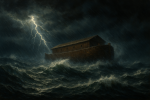
Noah’s Ark and the Architecture of Creation
The Waters Above and Below Introduction At first glance, the Flood narrative reads like a stark morality tale: humanity sins; G‑d decrees destruction; one righteous

The Waters Above and Below Introduction At first glance, the Flood narrative reads like a stark morality tale: humanity sins; G‑d decrees destruction; one righteous
Structurally identical biblical accounts of creation, destruction, and restoration are viewed as a manifestation of dialectic triad thesis-antithesis-synthesis.

The history of Creation can be expressed in three words (not even words but mere conjunctions): “and,” “or,” and “and/or,” whereas the history of physics
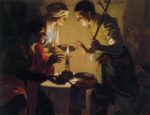
And these are the chronicles of Isaac… (Genesis 25:19) So Esau went unto Ishmael, and took unto the wives that he had Mahalath the daughter

A light shalt thou make to the ark, and to a cubit shalt thou finish it upward; and the door of the ark shalt thou

Make thee an ark of gopher wood; with rooms shalt thou make the ark, and shalt pitch it within and without with pitch” (Genesis 6:14)
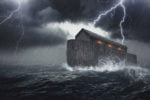
Time is a storm in which we are all lost. ” (William Carlos Williams, Introduction to “Selected Essays”) I always had a hard time relating
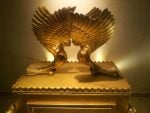
And thou shalt make two cherubim of gold; of beaten work shalt thou make them, at the two ends of the ark-cover. And make one
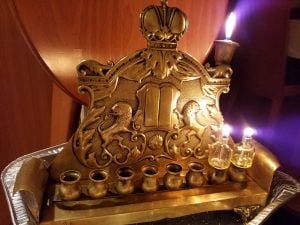
The miracle of Chanukah revolves around a single-day-supply of olive oil burning for eight days during the rededication of the Holy Temple in Jerusalem (Bet